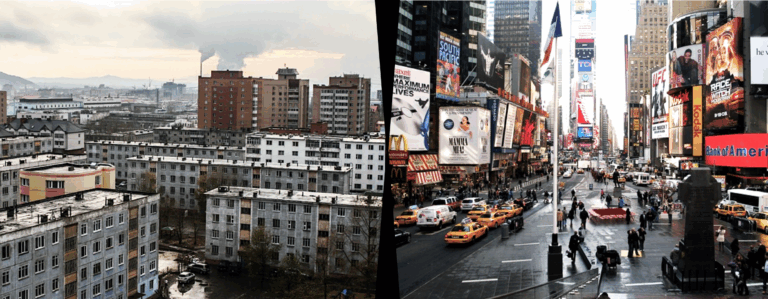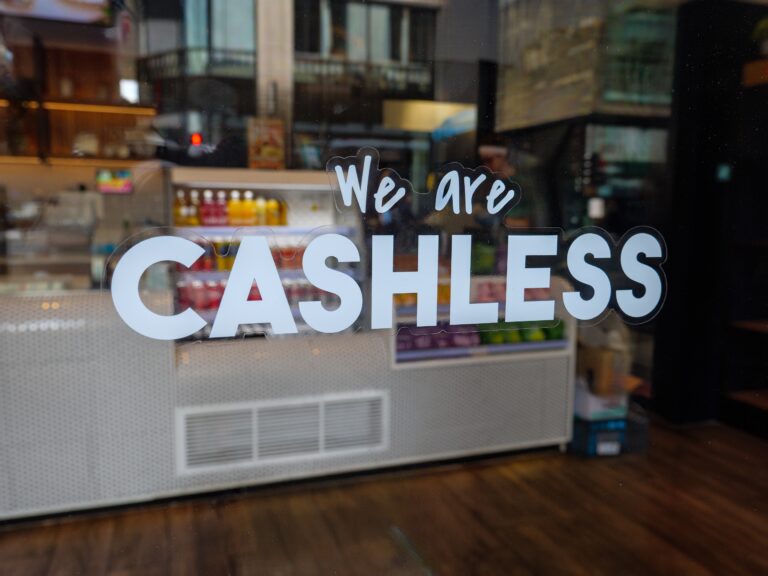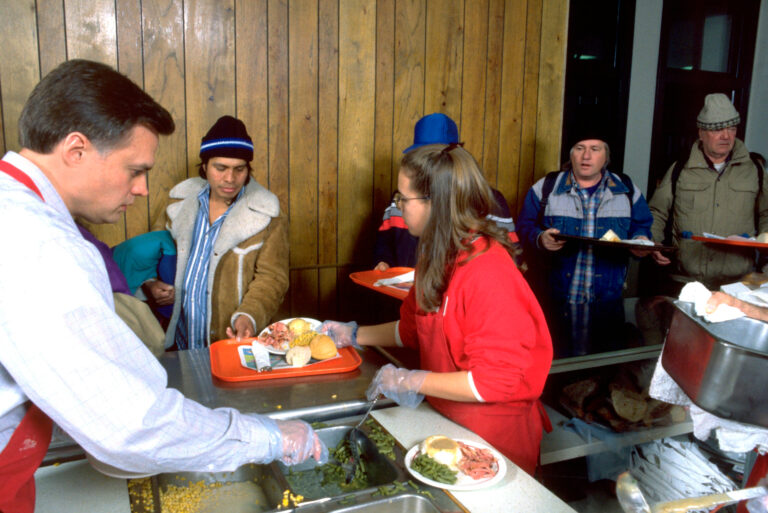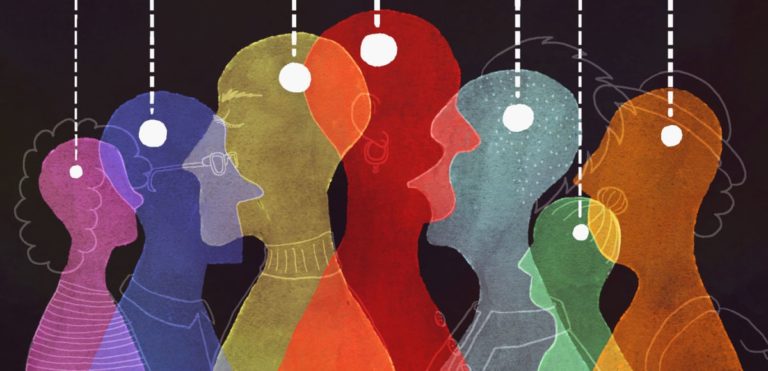C2C editor Mark Milke was in Cuba for the resignation of Fidel Castro; here are his observations on 49 years of Fidel
Walk through any neighbourhood in Havana and the warped economy produced by 49 years of Fidel Castro and American sanctions (46 years) is evident everywhere. In Old Havana, La Habana Vieja, there are a few buildings and tourist pedestrian malls slowly under repair thanks to UNESCO grants and the tourist dollars. But it’s impossible not to notice the far more numerous structures which resemble bombed-out structures but which are yet lived in.
Further evidence of Havana’s dilapidated state reveals itself block upon block as one strolls further away from the tourist neighbourhoods. Back there, I noticed that out of three hospitals, two were in obvious disrepair from the outside with broken windows and patch-jobs performed with whatever material could be scrounged up. The third hospital was in better shape; there’s no visible evidence of crumbling cement, missing glass or even peeling paint. Perhaps unsurprisingly, it’s the hospital reserved for veterans of the Revolution. (Cuba has two-tier health care. Who knew?)
On that topic, defenders of Fidel Castro often point to health care as superior though it’s never clear as to what they’re comparing. Perhaps to other third-world countries? But the comparison is ill-advised; Cuba should be compared to Japan. Cuba was almost as wealthy as that country in the 1950s on a per capita basis, and richer than Singapore, South Korea or Hong Kong. But they long ago left Castro’s kingdom behind. By those more pertinent comparisons, Cuba fails.
I observed several street-level pharmacies and a casual walk into all of them revealed the shelves were rather bare. (If you vacation in Cuba, bring basic medicines, first-aid kits, and aspirin and leave them for hotel staff.) Cuban health care looks to be relatively superior in Cuba if you supported Castro, not so wonderful if you didn’t or are now just one of the 11 million Cubans the island’s long-ago busted economy cannot support.
Moving on in Havana, unlike in Old Havana, where trees are mostly absent, the neighbourhood of Vedado was once the richer area of Havana and it shows. Leafy, tree-lined streets, some wide avenues and 1930s-1950s architecture which bests most other periods of the 20th century are everywhere.
The non-Soviet-era apartment blocks (there are fortunately only a few) and homes would have been splendid in their times: Art Deco influences are everywhere as one would expect of that era. In general, some of the houses would, in aesthetics, size, and yards, rival classy and classic neighbourhoods in Canada. Think Toronto’s Rosedale or Vancouver’s Kitsilano neighbourhoods but with better weather, although run-down after 50 years of “public” ownership and all the neglect that implies.
Take a peek up at an apartment or floor of a house and dividers are ubiquitous in the attempt to create a modicum of privacy. As with all communist countries, most now long transformed after 1989, housing shortages are chronic. Cuba’s no different, this despite Castro’s 1950s-era castigation of the Batista regime in the Museum of Revolution, for, among other sins, inadequate housing for Cubans. Presently, the grand houses and apartments are divided up for multiple families and multiple generations.
The only thing not in short supply in Castro’s Cuba is irony. Somehow, I doubt Cubans were as tightly packed in 1958 as they are now, nor subject to the dangerous crumbling buildings evident everywhere. My guidebook estimated 45% of Cuba’s housing was sub-standard. I’d guess that’s on the low side.
Schools, as with homes and hospitals, show the ravages of time. One school, also in the Vedado neighbourhood, and named after José Martí, leader of Cuba’s 19th century independence movement, revealed decades of neglect: an absence of anything fresh including paint, restored concrete, or new blacktop. Instead, the school in the once upscale neighbourhood suffers from blackened cement walls and dilapidated environs.
Still, a few buildings have been spruced up. The Art Deco museum, national ballet building and the North Korean (!) and Chinese embassies are in fine shape. Also on the plus side, many ocean-front homes and buildings on the verge of collapse are in the process of reconstruction.
It would not be proper to label Cuba, even the tourist areas, as the Latin American Castroite equivalent of the Soviet Union’s infamous Potemkin villages. There are double standards and they can’t be hidden.
Tourists – plenty of Canadians, a surprising number of Brits, and assorted Europeans and Latin Americans – have the pick of whatever meagre crops are available. So my hotel had two trays of scrambled eggs available at the morning buffet. The Cubans have a different reality: one shop in Havana was rationing five eggs per person.
The double standards are not coincidental, not just an accidental result of how Castro ran Cuba into the economic dustbin of history.
The dividing line between tourists and Cubans (or Castro and his military junta and the population) is purposeful and enforced. Cubans are banned from riding the new air-conditioned buses for tourists. Similarly, tourists who might want to pay less than the overpriced official government tourist price for everything (managed through having a separate currency for tourists) can’t board the sweltering, crowded buses Cubans must ride.
There’s a simple monetary reason: Cuba’s regime needs the hard currency only tourists and exports can provide. And there’s a political reason: the less mixing of Cubans and tourists the better; after all, ideas – about markets or democracy, might catch on, a problem for a regime that built its 49-year grip on denying such policies could do anything positive for Cubans.
So, a tour guide mentioned Cubans don’t like to discuss politics. I assume that was the soap approach to remind Canadians not to get locals in trouble by asking what they really think about the housing, health care, the lack of consumer goods and the leaders who enforce it all.
But politics can’t be avoided in Cuba. The regime is in an obvious defensive mode with billboards along the highways to Havana that defend the Revolution.
It’s the same in the museums. Castro’s 1959 coup – the one that promised democracy and a return to the 1940 constitution – is inarticulately defended in the Museum of the Revolution. “History will absolve me” – Castro’s classic polemic on his own Revolution is prominently displayed as holy writ.
Castro’s complaints in the 1950s included the prevalence of prostitution and inadequate housing. Now, the housing is worse, the shortages greater, and on prostitution, all that’s changed is that now professionals too must occasionally resort to the world’s oldest profession in order to pay the bills. One acquaintance chatted with a Cuban training to become a doctor. Her rent was 100 pesos a month. Her income amounted to 30 pesos. When asked how she made up the difference, she replied she prostituted herself once a week — twice weekly when the rent was due.
Are American sanctions partly to blame for Cuba’s condition that along with a Marxist system killed off wealth creation long ago? Yes, though critics of the U.S. sanctions should ask themselves – especially if they’re from the Left – why they want the sanctions lifted? After all, the hard Left once asserted capitalism – trade – was undesirable; it needed to be replaced with a “domestic” economy. Cuba has that but not much else.
But the critics of the embargo are correct; it should go (even if their own position on capitalism, trade and Cuba is confused). The principle behind the American sanctions – stolen private property can’t be ignored, be it that of a factory, home, or a dress shop and all of which Castro nationalized – was proper. But the reality is that 46 years of sanctions didn’t bring the Marxists to their knees.
The Castro brothers, Party apparatchiks, and the military are still the one who have the best food, superior medical care (Fidel imports his physician from Spain) and fixed-up homes. Their daughters won’t be the ones turning tricks to get through medical school. It’s the rest of the population that suffered both from communism and the sanctions and the latter failed to dislodge the former.
There’s no mystery as to why: on an island, police state rulers are less susceptible to the contagion of democratic and market influences. Black markets are tougher to operate – try unloading a ship on the Cuban coastline without being spotted by the police.
It would be near impossible for Cubans to overthrow or even weaken the ruling regime now when even basic amenities, supplies of decent food, medical supplies, and almost every other necessity is lacking; importing arms for a democratic revolution into an island long controlled by the police and army would be fanciful.
So an alternate strategy is needed, especially from the Americans. Cuban-Americans need not give up their rightful claims to property confiscated by Castro any more than Canadians gave up our various stakes in Cold War Europe. Some families claimed their property back in Poland, East Germany, Hungary and elsewhere after the Marxists fell. Cubans now living in the U.S. can do the same one day should they so desire. In the meantime, washing Cuba’s command-and-control club out to sea on a flood of U.S. dollars is about the only strategy that hasn’t been tried.
But back to the streets of Havana.
It doesn’t take much imagination to imagine what Havana looked like pre-1959; the buildings possess class in the manner of an elegant 80-year-old woman, who was once the beauty of her generation, and still dresses and carries herself with distinction as if to say: “Until they carry me away to my grave, I will dress and act as a lady.”
Havana reminds me of such a woman. Once the rot of communism – and its always inevitable, incipient corrosive corruption of people, initiative, the economy, and buildings – is swept away, Havana will be restored.






